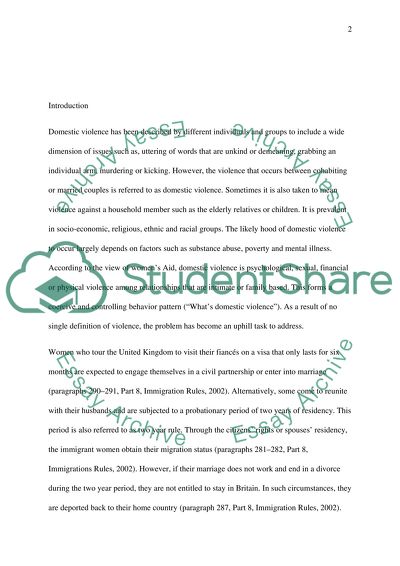Cite this document
(“Immigration Laws and Domestic Violence Dissertation”, n.d.)
Retrieved from https://studentshare.org/sociology/1395783-to-be-confirmed-at-a-later-point
Retrieved from https://studentshare.org/sociology/1395783-to-be-confirmed-at-a-later-point
(Immigration Laws and Domestic Violence Dissertation)
https://studentshare.org/sociology/1395783-to-be-confirmed-at-a-later-point.
https://studentshare.org/sociology/1395783-to-be-confirmed-at-a-later-point.
“Immigration Laws and Domestic Violence Dissertation”, n.d. https://studentshare.org/sociology/1395783-to-be-confirmed-at-a-later-point.


